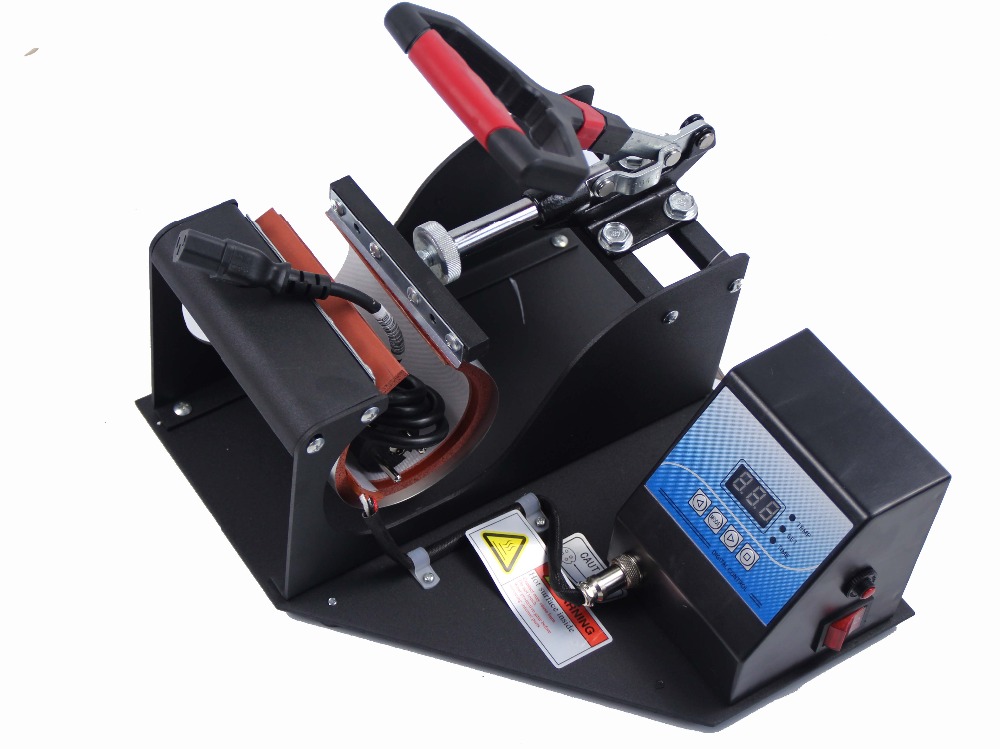

Sublimation printing is a favorite among custom printing enthusiasts, known for its ability to produce vibrant, long-lasting designs on a variety of materials. At the heart of this process is the sublimation heat press, a machine that ensures your designs transfer perfectly from paper to product. But what exactly makes this machine tick? Let’s break down the key components of a sublimation heat press and explore their functions.
The Heat Plate: Where the Magic Happens
The heat plate, often referred to as the platen, is the most critical part of a sublimation heat press. It’s the flat, metal surface that heats up to the required temperature for sublimation. This plate must distribute heat evenly across the entire surface to ensure that the sublimation ink transfers smoothly and uniformly.
Most heat plates are made of aluminum because it’s a good conductor of heat, which helps in reaching and maintaining the high temperatures necessary for sublimation. Some advanced models even feature a non-stick coating to prevent materials from sticking during the pressing process, which can be especially handy for beginners.
The Temperature and Time Controls: Precision at Your Fingertips
To achieve the best results with your sublimation heat press, you need precise control over temperature and time. These controls allow you to set the exact heat level and pressing duration for your specific project.
Different materials and sublimation papers require different settings, so being able to adjust these variables is crucial. Most modern heat presses come with digital displays, making it easier to monitor and adjust these settings accurately.
The Pressure Adjustment Knob: Ensuring Perfect Contact
Even heat distribution isn’t enough on its own; you also need the right amount of pressure. The pressure adjustment knob lets you control how firmly the heat plate presses down on your material.
If the pressure is too low, the transfer might not take fully, leaving you with faded or incomplete designs. On the other hand, too much pressure can damage your materials. Adjusting the pressure correctly ensures that the heat is evenly applied and the sublimation ink is fully absorbed by the material.
The Base Plate: The Stable Foundation
The base plate, also known as the lower platen, is the surface where you place your material for pressing. It’s essential that this surface remains stable and level during the process to avoid any shifting or misalignment, which could ruin the final product.
In some sublimation heat press models, the base plate might also include a silicone pad or a foam board to help in evenly distributing pressure and avoiding any damage to the material being pressed.
The Handle: Bringing It All Together
Finally, the handle is what you use to operate the press. It’s the lever that lowers and raises the heat plate onto the material. While it might seem like a simple component, the handle's design plays a big role in applying consistent pressure across the platen.
Some heat presses feature an ergonomic handle design to reduce the effort needed to apply pressure, which can be a real benefit if you’re working on multiple projects in a row.
Understanding the components of your sublimation heat press and how it functions is key to mastering the art of sublimation printing. Whether you're a beginner or an experienced printer, knowing how each part contributes to the overall process can help you achieve better results and make the most out of your machine.